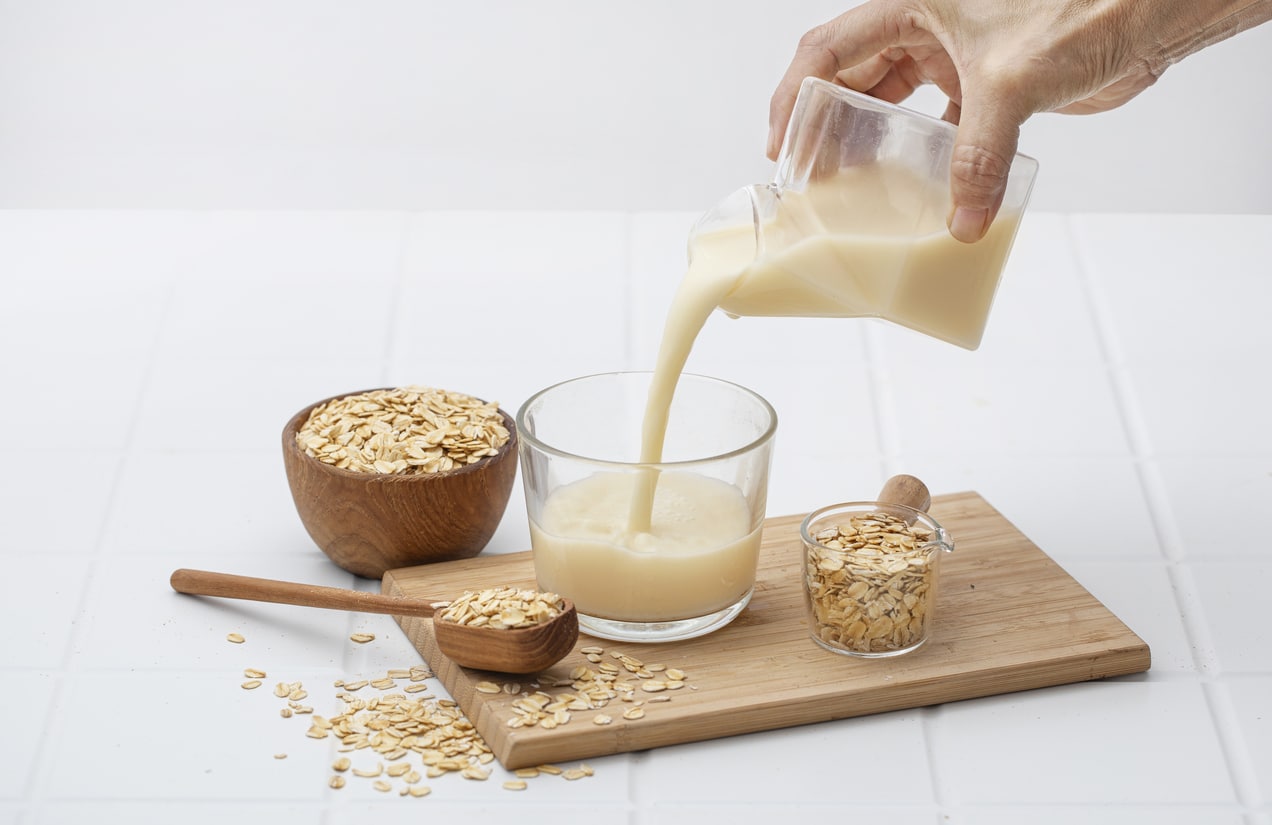
6 Reasons Why Milk Alternatives Are Better for the Environment Than Dairy
Millions of people worldwide are shifting their dietary habits to align with more sustainable lifestyles. One of the most common dietary changes individuals make is transitioning from dairy to milk alternatives.
The Plant Milk Industry
The plant milk industry is experiencing a remarkable surge, driven by shifting consumer preferences toward healthier, more sustainable and ethically conscious food choices. As awareness of environmental issues and animal welfare concerns grows, more consumers seek alternatives to traditional dairy products. Experts predict the plant milk industry to be worth almost $48 billion by 2030.
Market analysts project this exponential growth for the plant milk industry in the coming years due to factors like a growing vegan and flexitarian consumer base. Additionally, a large portion of the world’s population is lactose intolerant. In several Asian countries, 100% of the population is lactose intolerant, making plant milk a great solution.
With advancements in taste and nutritional fortification, plant milks are becoming more mainstream and appealing to a broader audience. Beyond that, they have a much lighter environmental impact than their dairy counterparts. Here are six reasons why plant-based milks are more environmentally friendly than dairy:
1. They Produce Less Greenhouse Gas
One of the primary environmental advantages of milk alternatives is their considerably lower greenhouse gas emissions than traditional dairy production. The livestock industry, responsible for dairy production, is a notable contributor to methane and carbon dioxide emissions. Dairy production accounts for roughly 2.7% of greenhouse gas emissions globally.
Plant-based alternatives, such as almond, soy, oat or coconut milk, generally have a significantly lower carbon footprint, making them a greener choice for eco-conscious consumers.
2. They Have a Lower Land and Water Footprint
Dairy farming requires extensive land and water resources to sustain the livestock and cultivate feed crops. On the other hand, producing milk alternatives generally requires less land, and often less water, thus contributing to water conservation efforts.
Consumers can directly alleviate the pressure on land and water resources by choosing plant milk options, promoting more sustainable use. Switching to a plant-based diet can reduce land use by approximately 76%, making it attractive to eco-conscious consumers.
3. They Reduce the Rate of Deforestation
Livestock farming, especially dairy production, has been linked to deforestation, as farmers clear land for pastures and feed crops. Opting for milk alternatives derived from plant sources reduces the demand for land, mitigating the pressure on forests. This choice contributes to preserving vital ecosystems and helps combat deforestation, a key driver of climate change.
4. They Consume Less Energy
The production of milk alternatives generally requires less energy than traditional dairy processing. The entire dairy supply chain involves significant energy inputs, from cultivating feed crops and animals to transporting and processing products. In contrast, plant-based alternatives often have a more streamlined production process, reducing overall energy consumption and promoting a more sustainable food system.
5. They May Preserve Biodiversity
Dairy farming often involves large-scale monoculture for cultivating feed crops, leading to habitat destruction and declining biodiversity. Plant-based milk alternatives, sourced from various crops, support biodiversity by avoiding the negative impacts of monoculture. This diversification benefits ecosystems and creates more resilient agricultural systems.
6. They Are More Adaptable to Climate Change
With the increasing challenges climate change poses, resilient agricultural systems are crucial. Certain milk alternatives, such as oats and almonds, come from crops more adaptable to varying climate conditions. This adaptability ensures a more stable and reliable supply chain, reducing the food system’s vulnerability to the impacts of climate change.
Which Plant Milk Is Best for the Environment?
While each plant milk option offers unique advantages, oats are relatively low-impact crops, requiring 80% less land and much less water than other alternatives, like almonds. Additionally, oat cultivation typically involves fewer pesticides and fertilizers, contributing to healthier ecosystems and reduced chemical runoff.
Oat milk production generally requires less energy and emits fewer greenhouse gases than dairy farming. Its versatility and relatively low environmental footprint make it an excellent choice for those seeking a sustainable dairy alternative.
Milk Alternatives Are a Great Place to Start
As environmental awareness continues to grow, consumers are increasingly seeking sustainable alternatives to do their part in reducing the effects of climate change. Choosing milk alternatives over traditional dairy is an impactful way to contribute to a more sustainable future.
From curbing greenhouse gas emissions to preserving biodiversity, the shift to plant-based milk options represents a positive step toward a more environmentally conscious lifestyle.




Post a comment